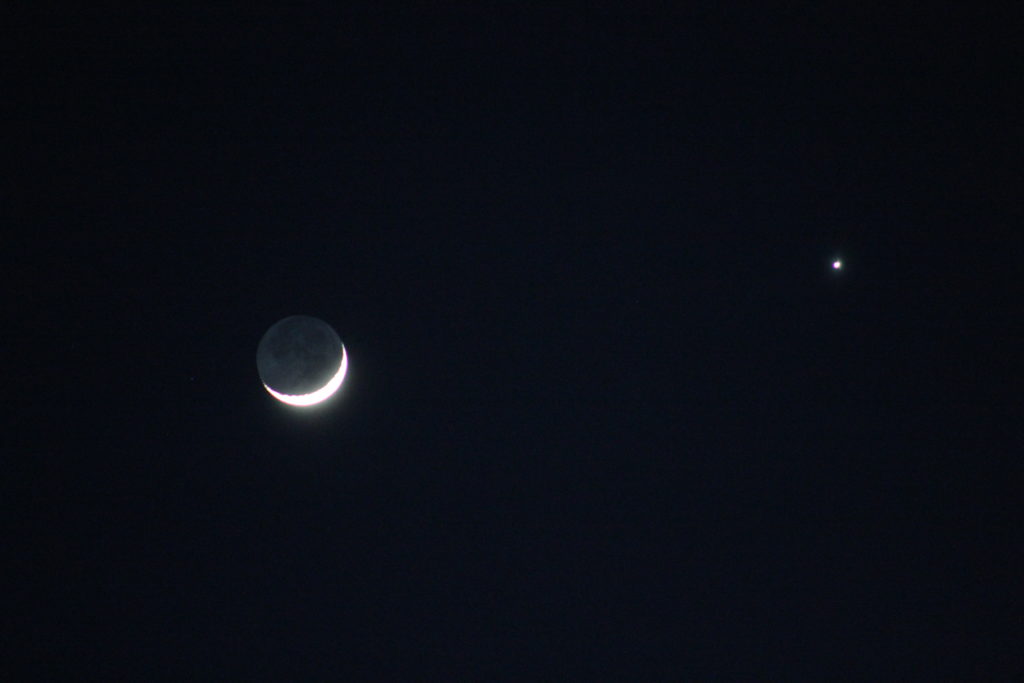I was doing my daily check of some astronomy and space news sites to see what was happening today, as I do every morning before I decide what to write about in my daily blog post. I looked at today’s astronomy picture of the day, a gorgeous work of astrophtographic art showing Mt.Rainier and dozens of meteors, all in front of the sharp filaments of gas of the Milky Way.

As a newbie in the world of astrophotography, I look at this picture and try to think about how it was done. Did he take a foreground shot to get the mountain and then a series of 30 second exposures for the meteors and Milky Way? I want to be able to produce images like this some day, but I am still on the long journey to learn how. I’ve had many clear nights this summer to get outside and take some pictures, and I’ve done pretty well, but I still have to master the skill of which images to take, how long for each exposure, and how to properly post-process the images to get the best out of them.
I am good when it comes to Moon and planet shots, like the one above with Luna and Venus, but it’s those pesky star shots that get me. Beyond that the Milky Way images are even tougher. I will post my latest post-processed images as I can, and hopefully we all see a pattern of progression in the way my shots turn out.
Actually doing astrophotography reveals a lot of truths about space and light. It shows that most of the gorgeous images from space taken by the biggest and best telescopes are incredibly enhanced to be beautiful to human eyes. The real images of a galaxy or a nebula are much less colourful and much more likened to fog when seen with our biological cameras. It makes sense, since we have evolved to enjoy the beauty of the oceans, mountains, and forests constituting the bright world around us.
The beauty of the universe is not, however, locked up in the pictures we see. The true beauty of the universe is in the interactions of matter and energy. It’s in the understanding of the vastness of the dark cosmic ocean. It’s in our growing yet primitive understanding of the laws that govern the evolution of the structures within and how we use those laws to predict the future and reveal the past. Our modern technology simply allows us to take the flows of foggy photons and turn them into what astronomers already see when we look through the eyepiece of a telescope, so that the rest of the world can enjoy the beauty of it all in their own tangible way.

